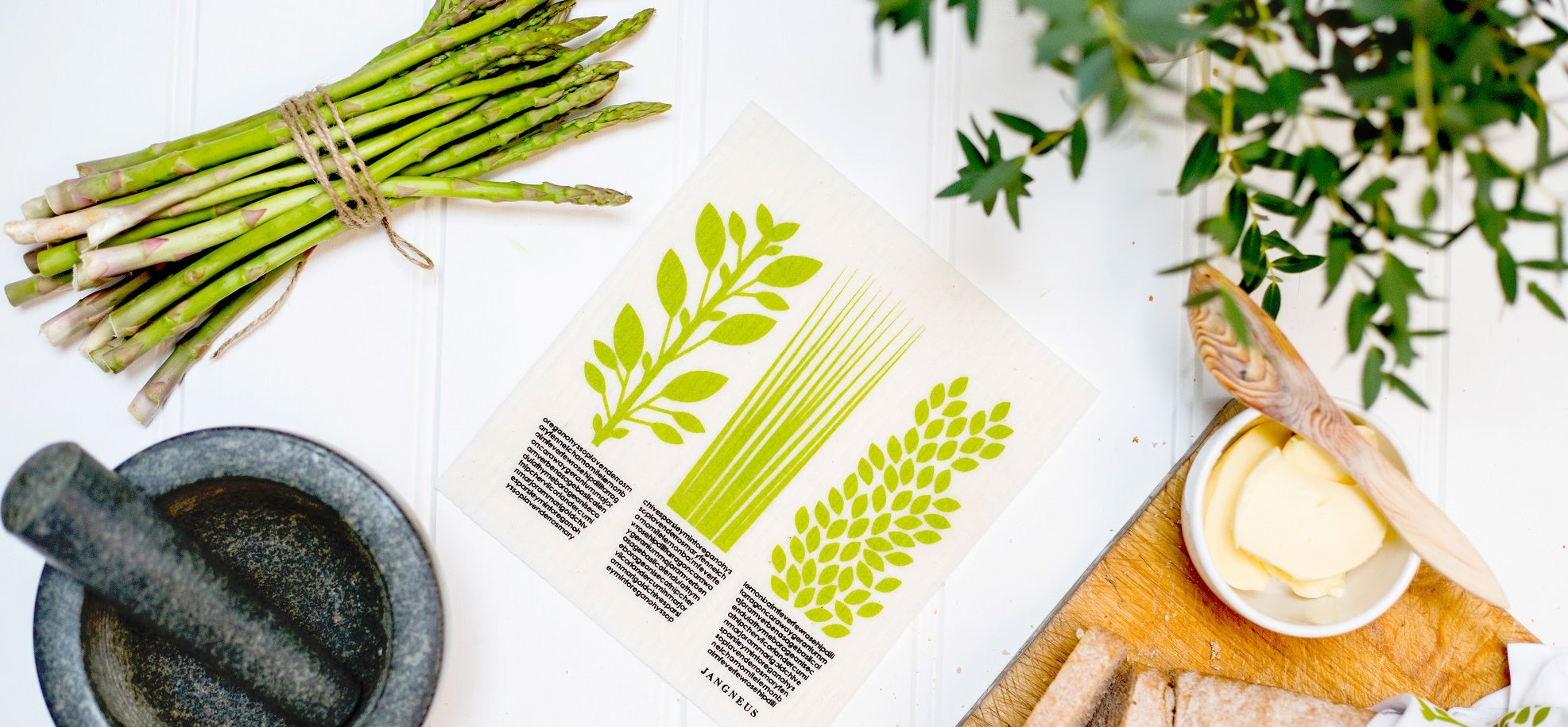
10 Simple Ways to Go Green This Summer
Have you ever opted to receive an e-mail receipt rather than a paper one? Or maybe you've decided to bring a reusable thermos with you to your local coffee shop.
You might be taking these small steps already, or maybe you're ready to jump in and start making changes like these. Wherever you're at in your journey to eco-friendly living, there are certain steps you can take today that will help make our world a better place.
If you're wondering how to go green and help the environment through small changes, look no further. In this article, we'll explore a few ways to go green this summer. Let's dive in!
1. Ditch Bottled Water
One of the easiest switches you can make for the environment is to give up using plastic water bottles. According to one statistic, just shy of 482 billion plastic bottles were used globally in a single year. Very little of the plastic we consume actually gets recycled.
Switching to using your own reusable water bottle is a simple way to cut plastic waste and help the environment. There are plenty of water bottle options and styles to choose from today which means you can help the earth and hydrate in style.
2. Start a Garden
You don't have to have a green fingers to do your part in helping the planet. Growing your herbs or veggies is a good place to start if you're wondering how to be more eco-friendly. Certain herbs can be extremely easy to tend to and provide an excellent way to minimize food waste and practise sustainability at home.
Some practical herb choices you can start with include:
- Sage
- Mint
- Basil
- Thyme
- Lemongrass
Not to mention, growing your own herbs and vegetables adds a certain depth of flavour to your cooking that can be hard to find with storebought. Fresh herbs pack more of a punch than any that have sat on the shelf of a store for days.
3. Buy Local
If gardening isn't up your alley, buying local when you can is just as helpful. Shopping local means you're helping to cut down on the miles food usually travels to get from a store to your plate. The carbon footprint of most food is fairly high due to the fuel consumption and air pollution generated through travel.
By buying local, you're helping to eliminate excess pollution that typically comes from shipping and packing facilities. Not to mention, you can bike or walk to your local shops, cutting down on your carbon footprint.
4. Opt Online
A simple switch you can make is to ensure your bills and documents are taken care of digitally. Online payments are an easy way to reduce emissions and save paper. Opt for bank statements or utility bills to be sent to you via email.
Paying your bills and receiving invoices online reduces environmental impact and saves you time. It's a win-win situation.
5. Use Cold Water
Next time you throw in a load of laundry, select the Cold Cycle option. Cold water uses significantly less energy to clean your clothes. Households that switch to using cold water when doing laundry save 1,600 pounds of carbon dioxide from being released into the atmosphere each year.
If you're worried your clothes won't be clean with cold water, fear not. Washing your clothes in cold water works just as well as hot and even keeps colours from fading. Your clothes tend to last longer and look better for longer.
6. Try a Compost Bin
Composting at home doesn't have to be daunting or complicated. Many at-home composting bins are available today that make it easy to start your composting journey. Many are small enough to sit under your sink or on your counter for easy access.
Composting is great for minimizing food waste, which keeps food from ending up in landfills. When food sits in landfills, it emits dangerous greenhouse gas emissions. Composting at home is an easy way to reduce food waste and keep food out of landfills. Examples of items you can compost at home include:
- Eggshells
- Coffee grounds
- Tea bags
- Grass clippings
- House plants
- Shells from nuts
- Vegetable scraps
- Banana peels
7. Adjust Your Cleaning Products
One of the most straightforward tips for going green can be found in your cleaning cabinet. Typical cleaning products such as bleach are harsh on the environment.
Swapping out harsh chemicals for more natural alternatives can make a world of difference. Homemade cleaning solutions such as vinegar and lemon can do the hard work just as well. Opt for reusable cleaning cloths in place of disposable paper towels, and reuse plastic spray bottles when possible. Even better, switch to glass bottles if you can.
In addition, switch to using laundry products that are made without artificial fragrances and dyes. You can also use wool dryer balls in place of dryer sheets or simply hang dry.
8. Get Thrifty
Thrift shopping is an incredibly beneficial habit to switch to when it comes to keeping our planet healthy. Whether you're looking for a new coffee table or you're in need of your next Halloween costume, thrift shopping makes it easy for you to find what you need and go green.
Some of the environmental benefits of thrifting include:
- Reduces manufacturing waste
- Reduces packaging waste
- Reduces chemical pollution
- Keeps items from the landfill
You can easily find well-made, original items when thrifting, all while lowering new production and expanding consumption.
Looking For More Ways to Go Green?
Today, there are endless ways to go green for individuals and families alike. Simply starting small can make it easier for eco-friendly swaps to become habits.
From growing your own herbs to shopping for the best eco-friendly products, making the change doesn't have to be hard. If you're shopping for change, Pasoluna should be your first stop.
We offer a wide variety of eco-friendly options. From plastic-free to zero waste, you can shop in good conscience knowing your items are made with the environment in mind. Why not shop our eco-friendly options today?


1 comment
Thanks for sharing this quality information with us. I like this information.
vector
Leave a comment
This site is protected by hCaptcha and the hCaptcha Privacy Policy and Terms of Service apply.